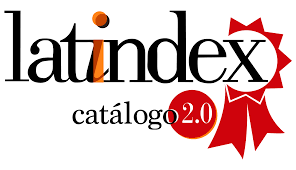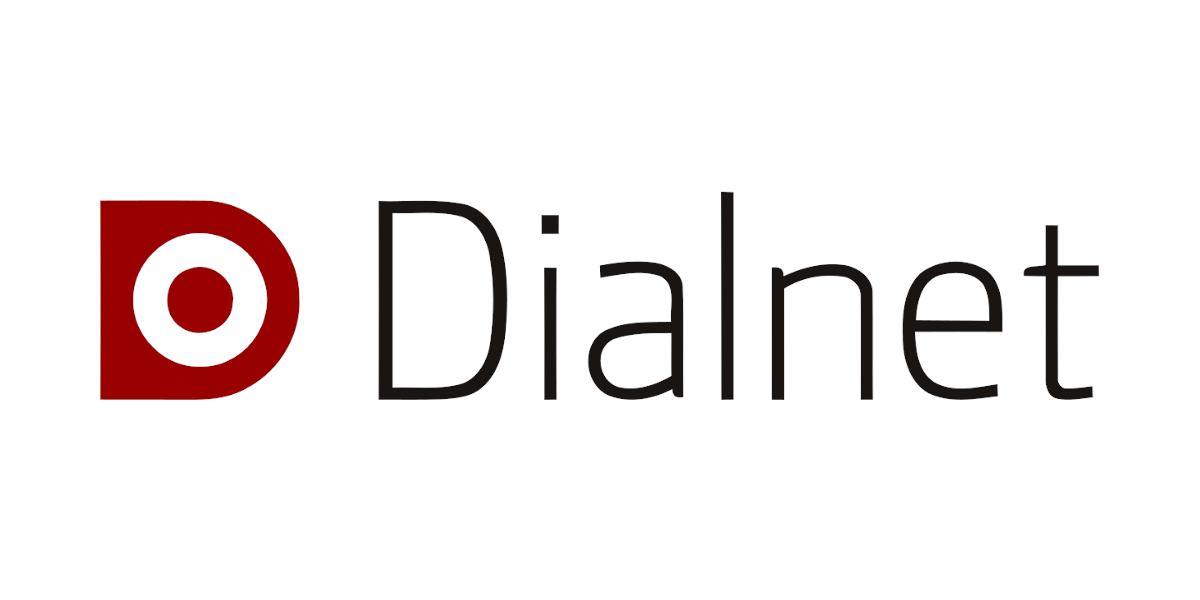Intercultural proposals for the university education of physics based on the awajún ancestral knowledge
DOI:
https://doi.org/10.55996/dekamuagropec.v1i2.32Keywords:
Didactic proposal, interculturality, ethnophysics, storyAbstract
At the National Intercultural University “Fabiola Salazar Leguía” in Bagua, the student population is made up of 50% of students from native Amazonian communities, mostly Awajún and to a lesser extent Wampis; and the other 50% are mestizos. The curricula of the professional careers of Civil Engineering and Biotechnology contemplate in their basic curricular structure the physics course, being this one of greater difficulty for the learning of the students, as evidenced in the academic records of the 2018-I cycles and 2019-I. The objective of the work was to formulate two intercultural didactic proposals for the learning of physics in university higher education, the first is the Awajún Ethnophysics, which consists of a look at common knowledge (ancestral knowledge) by the hand of Physics, through stories lived by the same students about their experiences, they constitute a workbook where ancestral knowledge is identified, as well as their systematized knowledge of the corresponding physics, in an intercultural environment of socialization between the Awajún and mestizo cultures that are evidenced in the university environment ; The second proposal is propedical, it is the Story-Based Learning, consisting of experiences and fictions of the student with the purpose of linking it to the disciplines of the physics of the aforementioned careers, in order to identify and characterize a physical phenomenon in an intercultural way. The two teaching proposals will improve the learning of physics in UNIFSL-B students from communities originating in the Amazon region. Peru.
Downloads
References
Cabrera, R..l. y Gallardo L., T. (2013). Educación Intercultural del estudiante universitario: El enfoque de formación humanístico intercultural. Revista Electrónica Actualidades Investigativas en Educación: 13(3), 1-34.
Giménez R., C. (2003). Pluralismo, Multiculturalismo e Interculturalidad. Propuesta de clarificación y apuntes educativos. Revista Educación y futuro: (8), 11-20.
González G., S. (2015) Interculturalidad en un aula universitaria cada vez más inclusiva y el desafío
de promover el diálogo y legitimización de diversidad sociocultural. Publicitas Comunicación y Cultura Vol. 3-1, 24-34.
La Torre Cuadros M.A. (2008). Ciento doce años de investigación científica sobe las etnias de la
Amazonía peruana. Boletín Latinoamericano de Plantas Medicinales y el Caribe 7(3): 171-179.
Leiva, O., J. (2014). La interculturalidad en el contexto universitario a través de las voces de estudiantes inmigrantes. Revista Electrónica Interuniversitaria de Formación del Profesorado: 17(2), 155-166.
López H., y Victoria O., D.A. (2015). La enseñanza de las matemáticas en un contexto multicultural hacia un currículum intercultural. Revista de Investigaciones UCM:15(26), 44-55.
Merino F., J. y Muñoz S., A. (1998). Ejes de debate y propuestas de acción para una pedagogía intercultural. Revista Iberoamericana de Educación: (17),32-45.
Pérez, M., D., Pérez, M., A., y Sánchez, S., R. (2013). El cuento como recurso educativo. Empresa, 13. Recuperado de: https://www.3ciencias.com/articulos/ar-ticulo/el-cuento-como-recurso-educativo/
Soto R., M. (2017) El cuento como mediación pedagógica para el fortalecimiento de la lecto-escritura. Revista del Instituto de Estudios en Educación Universidad del Norte: 27,51-65
UNESCO. (1998), Declaración mundial sobre la Educación Superior en el siglo XXI: visión y “acción. París, Ediciones UNESCO.
Downloads
Published
How to Cite
Issue
Section
License
Copyright (c) 2020 Ronald Omar Estela Urbina, Elisa Contreras Barsallo

This work is licensed under a Creative Commons Attribution-NonCommercial 4.0 International License.
Los autores que publican en esta revista aceptan los siguientes términos:
- Los autores conservan los derechos de autor y conceden a la revista el derecho publicación con la obra, simultáneamente licenciada bajo una licencia de Creative Commons CC By que permite a otros compartir el trabajo, pero citando la publicación inicial en esta revista.
- Los autores pueden celebrar acuerdos contractuales adicionales separados para la distribución no exclusiva de la versión publicada de la obra de la revista (por ejemplo, publicarla en un repositorio institucional o publicarla en un libro), pero citando la publicación inicial en esta revista.
- Se permite y anima a los autores a publicar su trabajo en línea (por ejemplo, en repositorios institucionales o en su sitio web) antes y durante el proceso de presentación, ya que puede conducir a intercambios productivos, así como una mayor citación del trabajo publicado (https://web-archive.southampton.ac.uk/opcit.eprints.org/oacitation-biblio.html)















